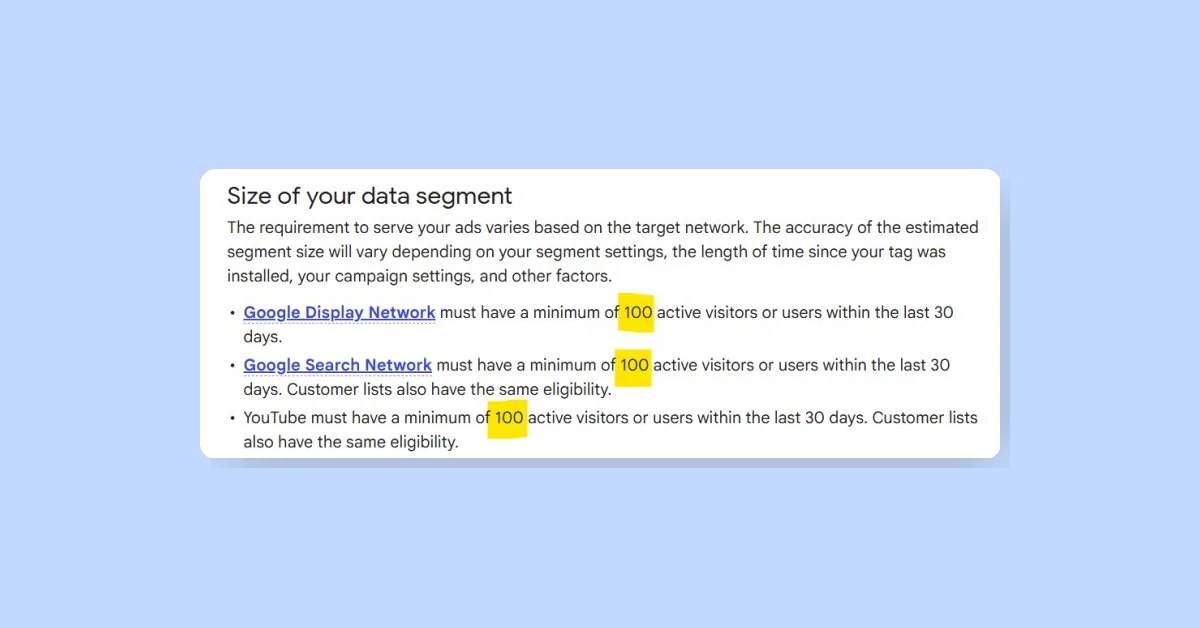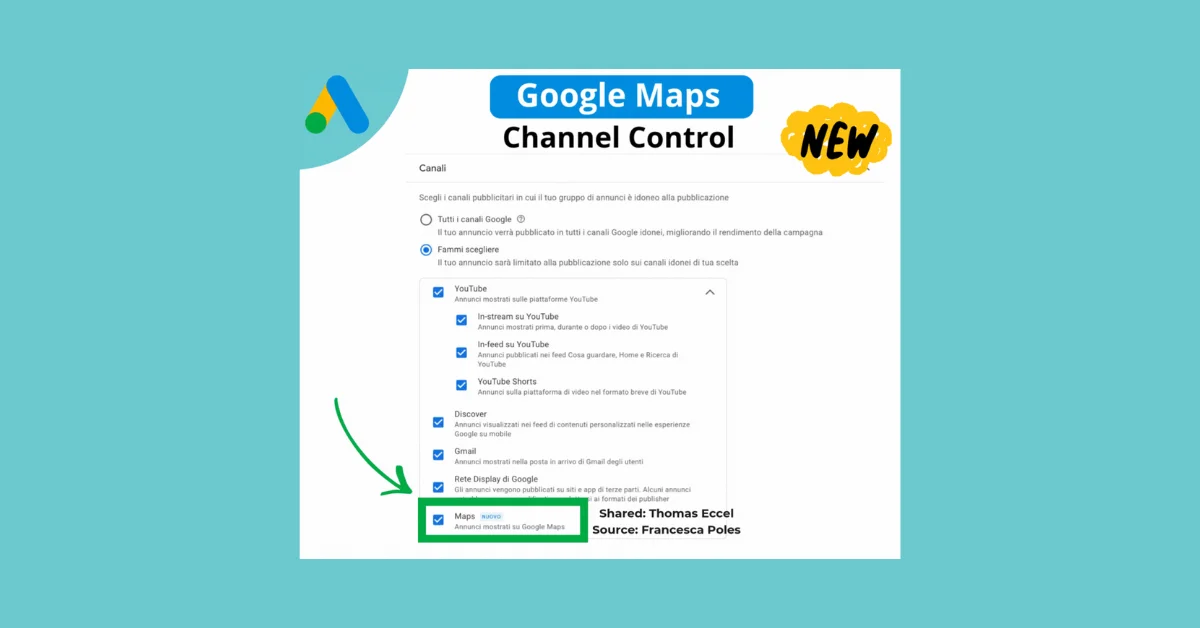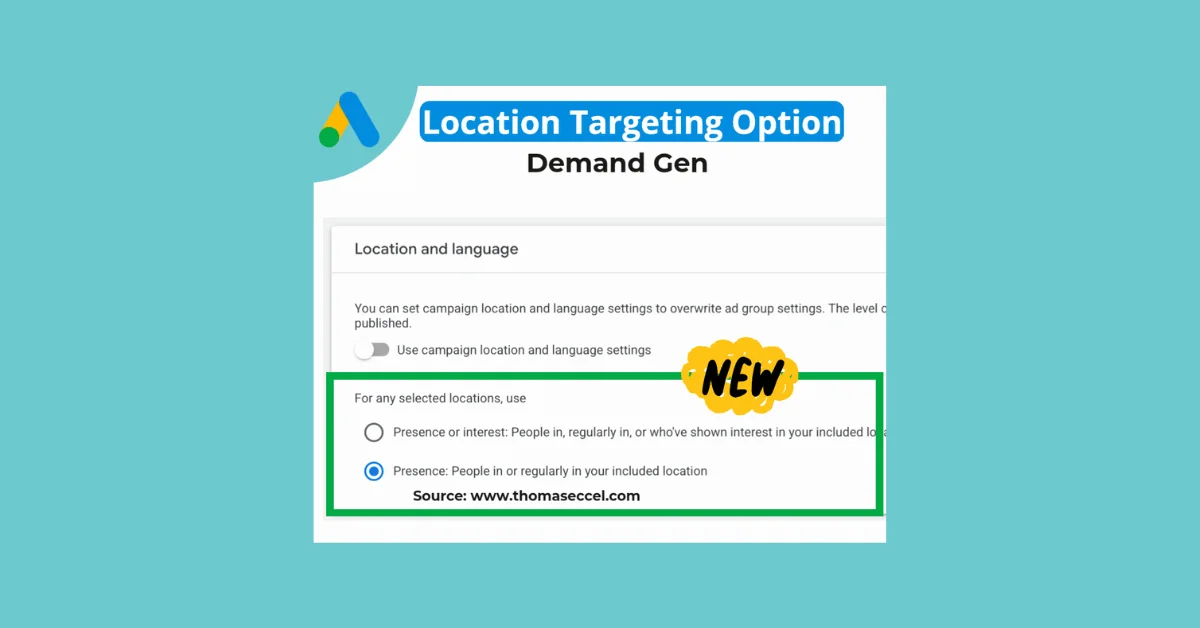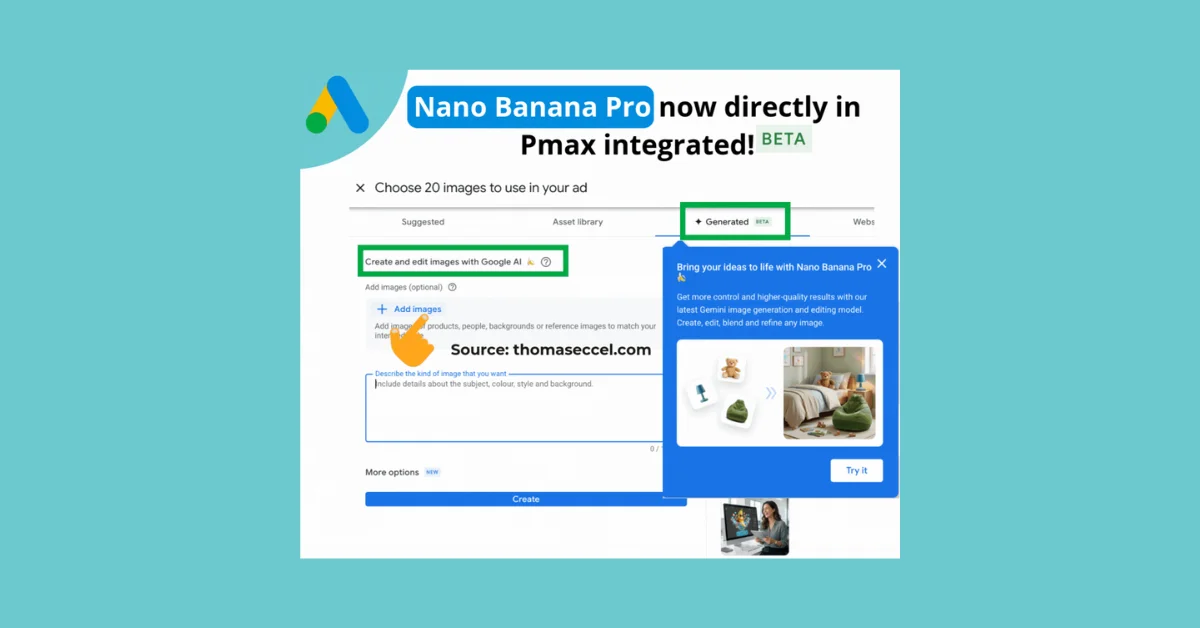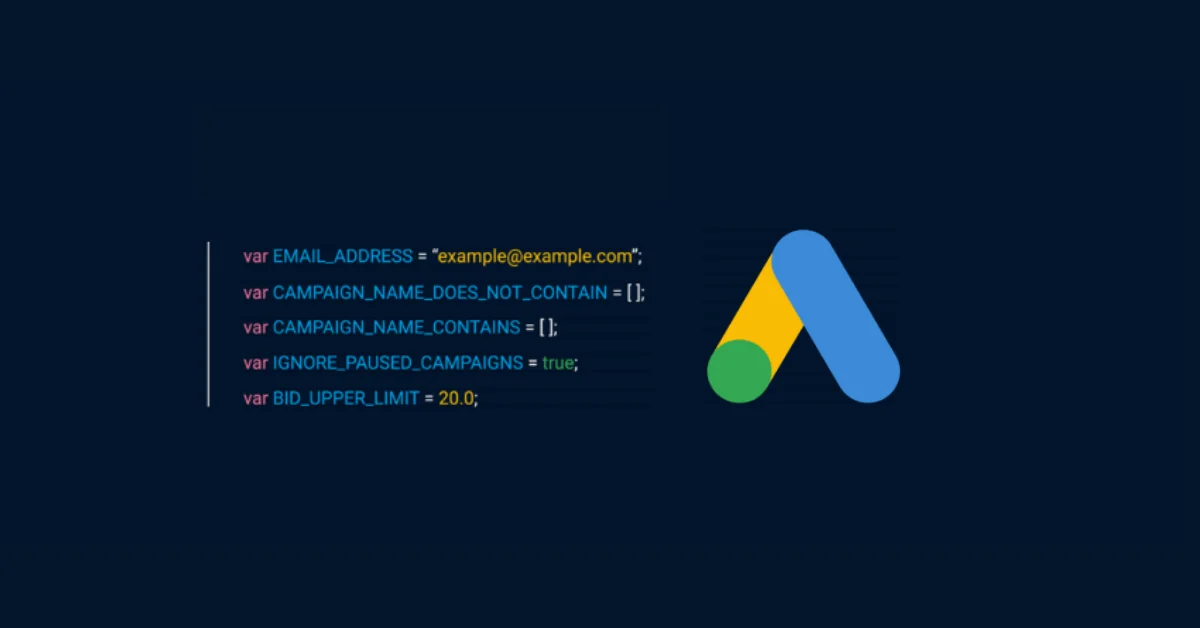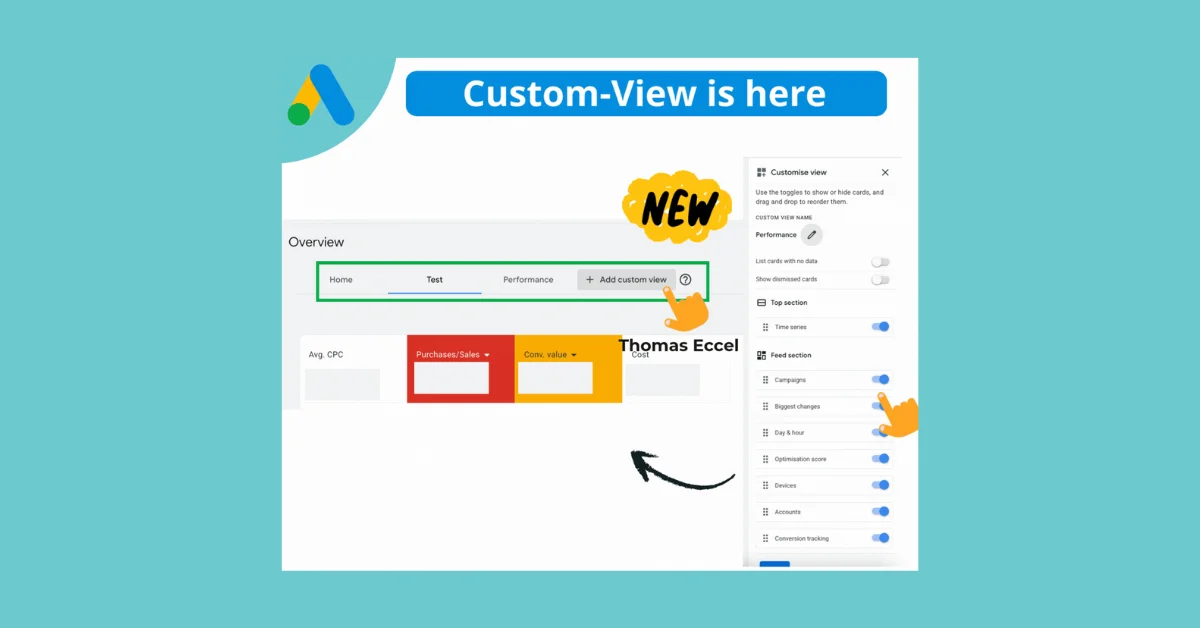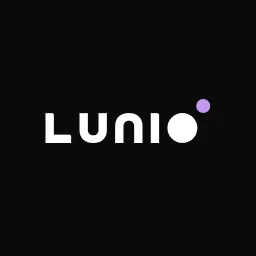Google has addressed advertisers' concerns regarding Performance Max by releasing a comprehensive FAQ. This initiative responds to feedback from webinars and roundtables, highlighting Performance Max's role in Google's advertising ecosystem. Advertisers have expressed worries about its "black box" nature and its effectiveness for various business objectives.
Performance Max is designed to optimize results across all Google advertising channels. It utilizes AI to enhance marketing campaigns, focusing on conversion and ROI. The FAQ includes answers to common questions, emphasizing the importance of understanding how Performance Max operates.
Key Questions and Answers
Channel-Level Reporting: Performance Max does not provide channel-level reporting to avoid misleading interpretations of data. It focuses on marginal ROI optimization across channels, making real-time decisions on ad placements based on predicted cost-efficient conversions.
Lead Quality: To ensure high-quality leads, advertisers should improve conversion measurement using enhanced conversions for leads, adopt value-based bidding strategies, and optimize lead forms to reduce invalid traffic.
Branded Queries: Advertisers can prevent Performance Max from serving on branded queries by using account-level negative keywords or campaign-level brand exclusions.
Generative AI Assets: Assets created with generative AI can be used outside of Performance Max campaigns, as they are unique and identifiable.
Video Inclusion: Including video in campaigns is crucial, as it has been shown to increase conversions. Advertisers can upload their videos, use a video creation tool, or allow Google AI to auto-generate videos from existing assets.
New Customer Acquisition: Performance Max can target both new and existing customers. Advertisers can use the new customer acquisition goal and brand exclusions to focus on new prospects.
Brand Safety: Advertisers can utilize brand suitability controls to ensure ads align with brand safety requirements, including content suitability settings and placement exclusions.
Geo Targeting: When targeting store locations, additional geo targets are not recommended, as Performance Max automatically applies dynamic radius targeting.
Campaign Structure: Consolidating campaigns is advised to enhance AI learning and performance predictions. Separate campaigns should only be created for distinct goals or budgets.
Performance Max vs. Demand Gen: Both campaign types serve different purposes. Performance Max maximizes conversions across all channels, while Demand Gen focuses on creating demand on visual platforms.
Scaling Performance Max: To optimize campaigns, advertisers should ensure diverse creative assets, adjust CPA and ROAS targets, and update search themes.
Incremental Traffic: Search terms insights can help determine if search themes are driving incremental traffic, providing a source indicator for queries.
These insights aim to enhance transparency and effectiveness for advertisers using Performance Max, helping them navigate the complexities of digital marketing.


